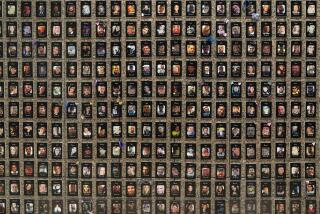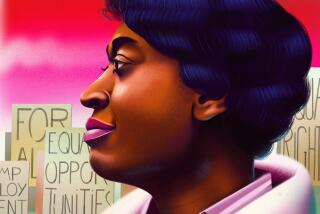Why What Worked for White Gays Wonât Work for Blacks
If a billion dollars were raised to address AIDS in the African American community, given how dysfunctional, culturally inappropriate and ineffective most models of AIDS service are for African Americans, the money would wind up paying for the expensive death and infection of many in our community, particularly women, youth and men involved in homosexuality who donât identify themselves as being gay.
Many AIDS service organizations that target African Americans report that their apparent inability to effectively fight AIDS is because of insufficient funding. But the development of the black HIV/AIDS services industry took place in a vacuum that has yet to be closely examined and evaluated. By circumstance, it was designed to fail the African American community.
African Americans have traditionally resisted publicly acknowledging homosexuality. The belated acknowledgment that African American homosexual and bisexual men and heterosexual women were dying of AIDS in large numbers occurred in the shadows of an already influential and politically active white gay and AIDS movement. Sparked by gay organizations like ACT-UP, reacting against being blamed by HIVâs first name--Gay Related Immune Deficiency disease--and facing rampant death, white gays spearheaded the AIDS fight.
A highly profiled public defiance against homophobia and AIDS discrimination created a sense of community affirmation, safety, pride and activism, while advancing political power and resources for the white gay community. This climate of activism and community affirmation contributed significantly to making the AIDS epidemic more manageable in this once tragically affected community. White gay individuals were motivated to seek services, health care and lifestyle changes to reduce their risk. Getting treatment, getting tested and living with AIDS became components of the gay communityâs activism and pride. Their relative success at turning around a major public health epidemic is solidly connected to the cultural or community affirmation of that group.
When models of service were designed and training was developed on how to provide HIV/AIDS related services, the white gay community was where everyone, including African Americans, went to âlearnâ how to do AIDS work.
African Americans, primarily gay-identified homosexuals, also faced rampant death rates and a frustrating history of being silenced or ridiculed. Emulating white gays, they attempted to create a black gay movement as the template to create AIDS services for blacks. While the white gay community service and training models were eagerly adopted, the concepts of cultural affirmation, pride and activism--so crucial to the gay communityâs success--were not carried over or implemented. This set the pace for how AIDS and HIV services were delivered and proved alienating to many at-risk and HIV-positive people in the African American community.
Many African Americans who are homosexual or bisexual do not identify with the term âgayâ or the gay movement. Black women at-risk tend not to feel comfortable at agencies perceived as gay. Without specialized services, African American youth at-risk typically fall through the cracks. Additionally, African Americans still face societal disparity and racism, which strongly affects self-image and the ability to focus on consistent self-protection from sexually transmitted diseases or self-defeating behaviors. From my experience, many African Americans are aware of the HIV threat in their lives. Although intellectually informed, they can be emotionally disoriented because of interpersonal struggles and societal imbalances.
An effective approach to decreasing the HIV/AIDS epidemic in the African American community must acknowledge and affirm the diversity of the community (heterosexual, homosexual, transgender, male, female, youth, religious, nonreligious). The potential for life options, personal development, cultural affirmation and self-respect as African Americans must be a central aspect of how HIV/AIDS services are provided to this community.
Particularly in the area of HIV prevention and risk-reduction, reducing oneâs risk must be synonymous with loving oneself for who one is, despite social ills, racism, homophobia and institutional biases in this society.
There must be more effective approaches for dealing with the AIDS crisis in the black community. Funding or declaring a state of emergency alone without reconstructing traditional models of service for African Americans will create a multimillion-dollar public health disaster.
I suggest the following:
* HIV/AIDS prevention services must be provided in programs that consider cultural and social barriers and not be based primarily in centers that are AIDS-specific or gay-identified. Organizations strictly focused on disease or sexual orientation alienate the African American community.
* Address the larger self-esteem and self-image issues and the factors that attack them: the high school dropout rate, substance abuse, the growing suicide rate, incarceration and sexuality.
* Affirm marginalized communities within the African American community. This means dealing with African American youth, same-gender loving, bisexual and transgender people.
* Acknowledge that HIV/AIDS is not only a poor black personâs disease. Doing anything else puts large numbers of working class and middle-class African Americans at risk.
* Address the culture of silence and shame connected to men and health care and homosexuality that helps foster and hide HIV transmission and puts African Americans, and African American women, in particular, at risk.


